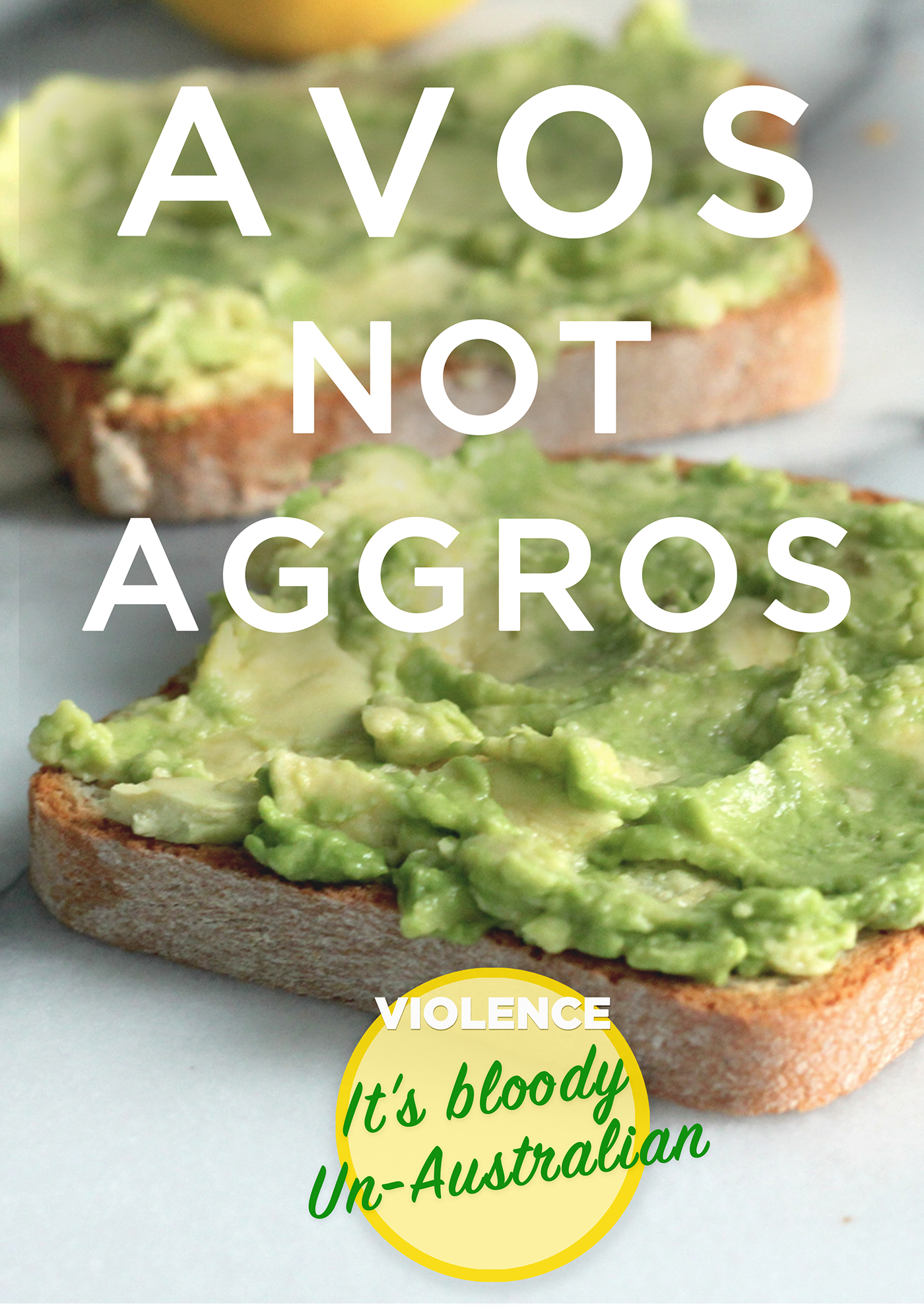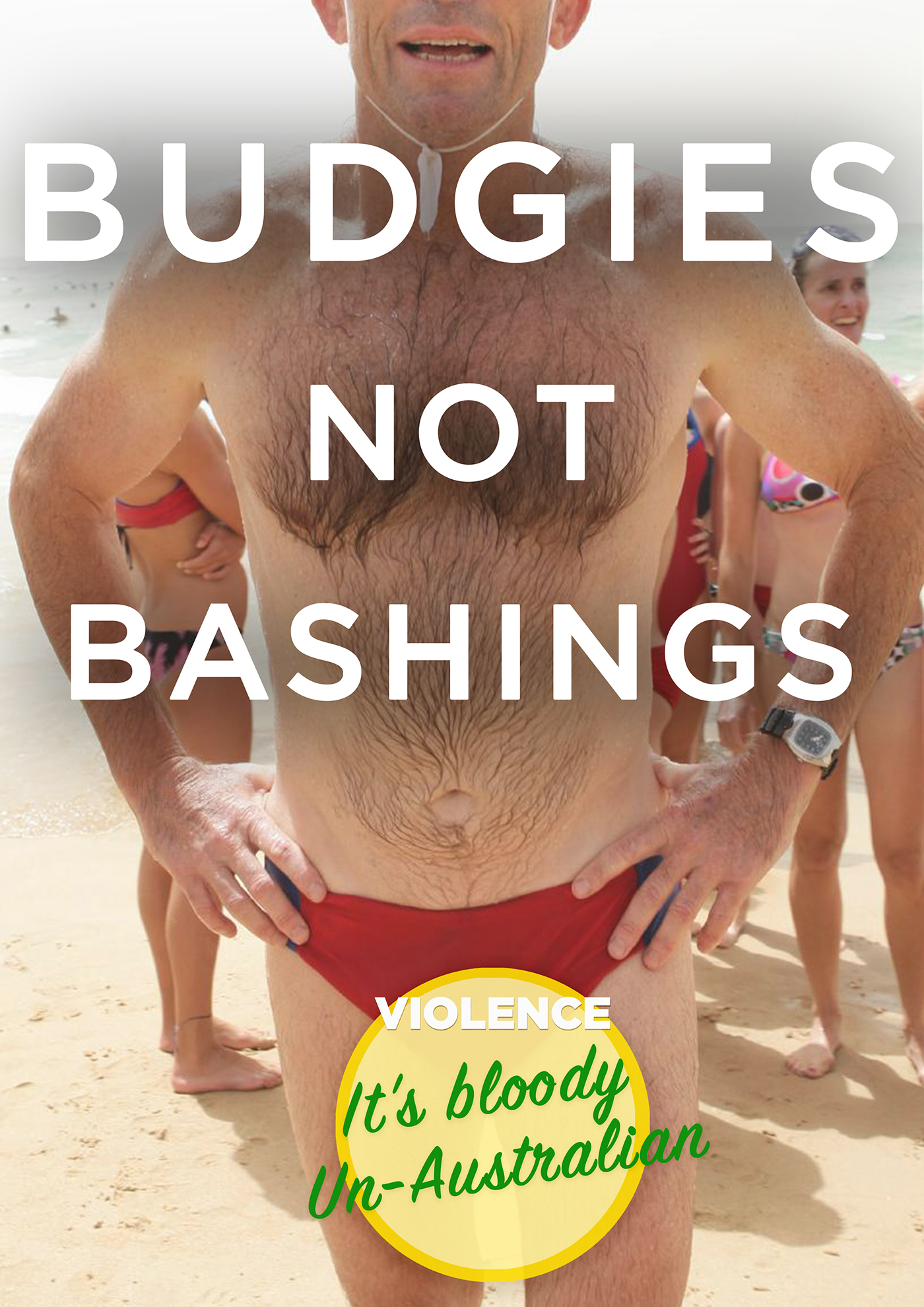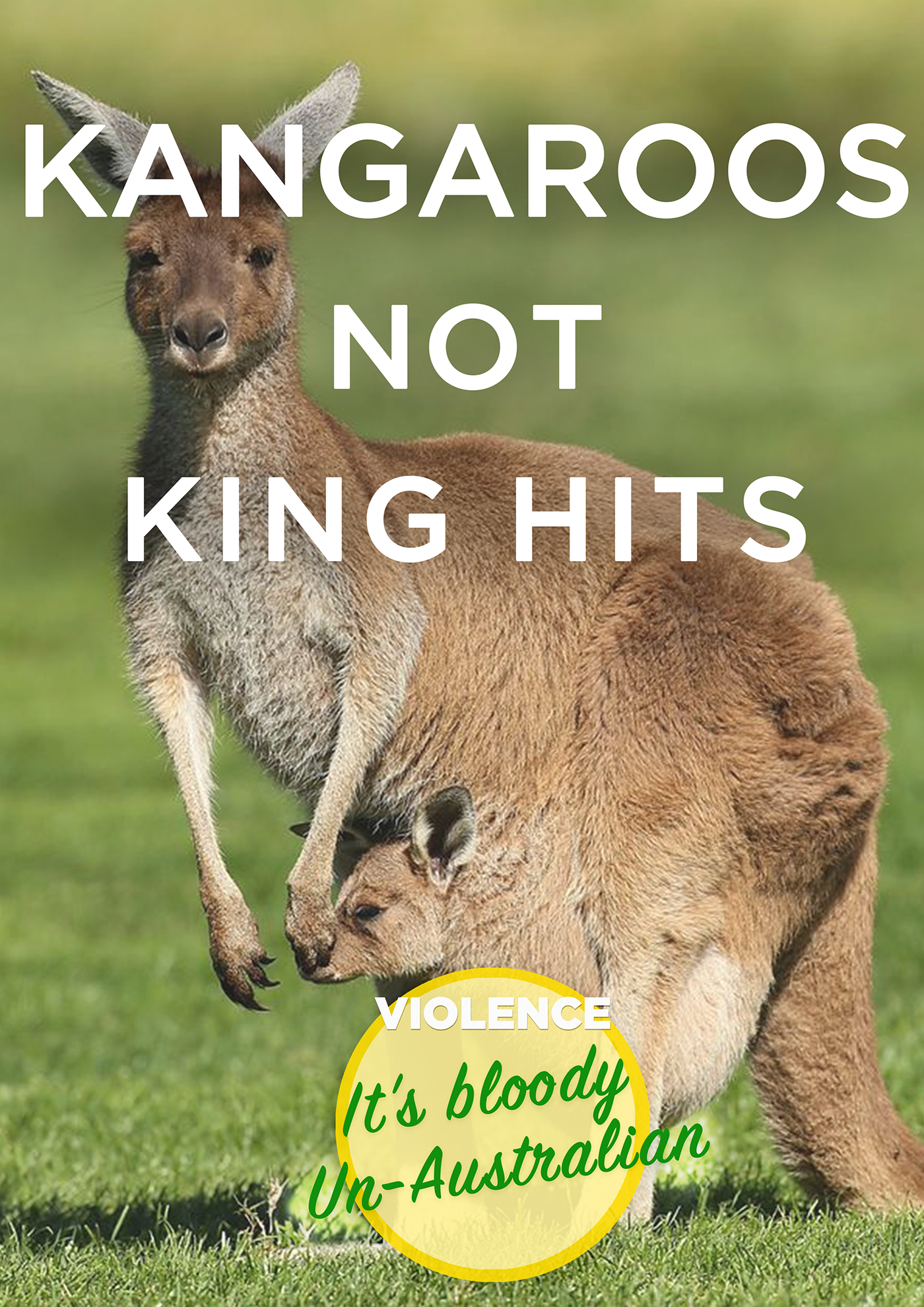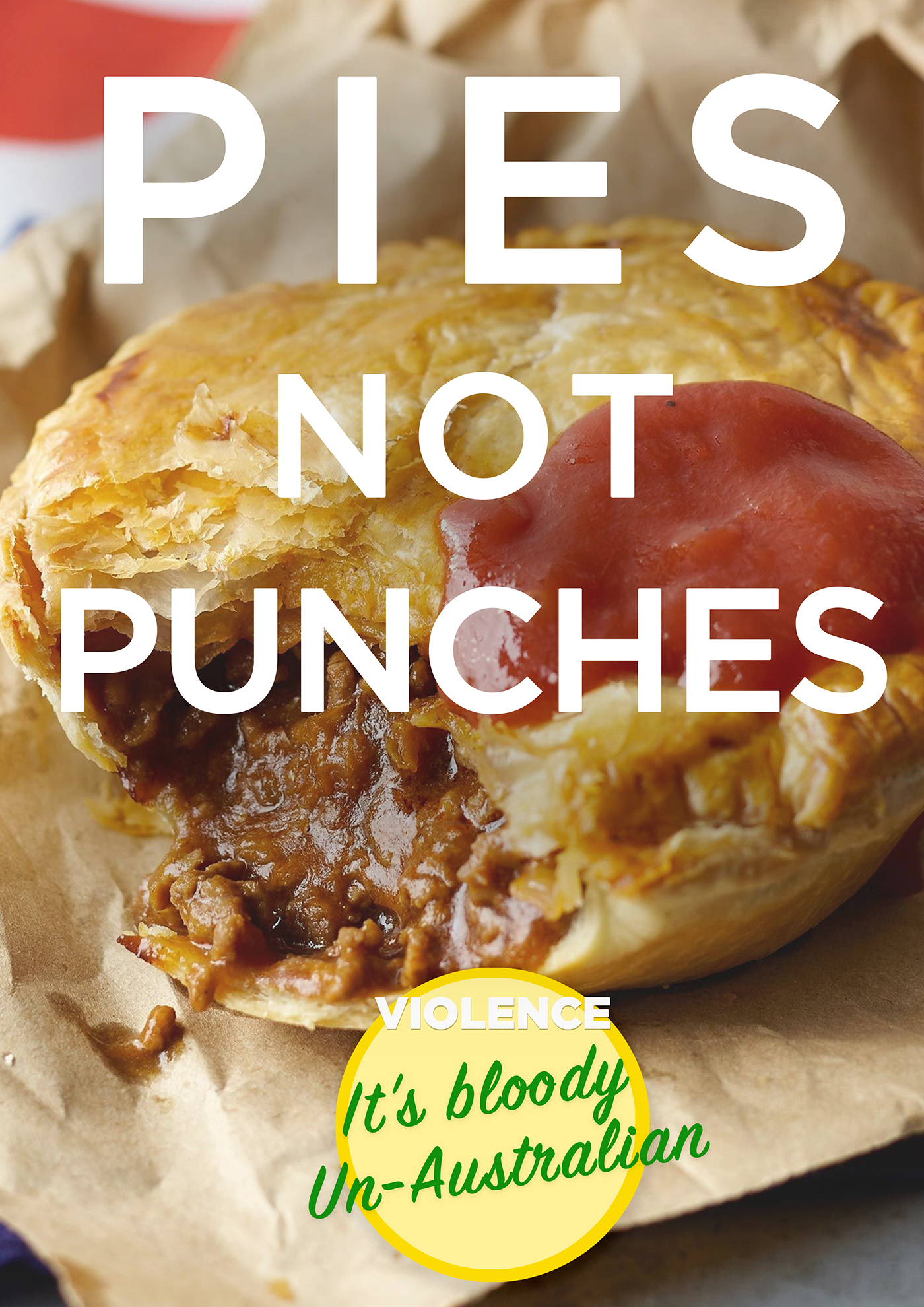Safer Sydney Futures
Alcohol-Fueled Violence in Sydney, Australia
The problem of alcohol-fueled violence in Sydney is a complex and divisive issue: past attempts to solve it included legislative actions, increased policing, and community interventions. And though these responses have to some extent reduced rates of assault in urban centers, they have caused irrefutable harm to local economies and the local nighttime culture. A city once world-renowned for its vivacious and creative nightlife has turned into a ghost town of shuttered windows and forlorn For Sale signs.
In this Honors project, my aim was not just to discover a panacea for the problem of violence, but rather to extensively evaluate it, and present explorative design-based representations of the issue.
1 // Geospatial Mapping
In the first step of this process, I examined the compound problem of "alcohol-fueled violence", and through this lens I focused largely on geospatial mapping of risk factors and data analysis on a large scale. Inspired by themes from Risk Terrain Modeling and predictive policing, I plotted factors like rates of assault and local infrastructure networks, in an attempt to visualize trends and patterns in the data. But, though the mapping was helpful in visualizing the relevant factors in a spatial plane, it did not produce any new or revelatory conclusions, and I found myself at somewhat of a dead end.
The complete Geospatial map with all data layers- below are the individual layers with legends
2 // Reframing
At this point, I decided to take a step back and reframe the problem, this time as two disparate issues of violence and alcohol. I explored each within the context of Australian society and the historical relationship they have had with national culture and identity. One of the most central aspects of this research was the socio-cultural analysis of aggression and excessive alcohol consumption, which are normalized and even encouraged in Australian media and popular culture. Analyzing each concept through this separation framework uncovered new insights and perspectives, opened new areas of research and investigation, and revealed new methods of experimentation and problem-solving.
3 // Socio-cultural Campaign
One of the results of this exploration was a tongue-in-cheek social campaign aimed at young Australians, the group most at risk of committing/being victim to alcohol-related assaults, and of dangerous levels of alcohol consumption. Each image juxtaposes classic Australian cultural icons and colloquialisms with less positive representations of violence, in an effort to de-normalize the inherent relationship between the Australian cultural identity and aggression. However, I decided not to pursue this path because I did not want my project to become a graphic design or advertising campaign, but rather something more multifaceted and representative of the complexity of the issue at hand.
4 // Spatial Analysis
Many people, especially older people and young families, will simply avoid urban centers at night, especially if these areas are negatively perceived, do not offer facilities that are attractive to them, and are not connected to their homes by regular and secure transportation. This is unfortunate and counterproductive, as the presence of socially and culturally diverse crowds – as opposed to a monoculture of young drinkers – can serve to normalize the urban environment in a nighttime context and thus increase safety. More diverse visitors, activities, and engagement serve to both reduce crime and revitalize and re-engage a flagging local economy and cultural identity.
The risk factors for violence are well known, but little is done to improve these risk conditions and preempt violence. Factors include: high levels of movement inside and outside venues, noise levels, congestion and bottlenecks, long lines for resources and lack of resources (like at food vendors or taxi stands), inadequate public transport, inadequate lighting, and density of venues and patrons.
5 // Spatial Intervention
It became clear that the most effective response to the problem of violence would be to use spatial intervention as a tool for crime prevention, employing a multi-disciplinary approach to the management of people and behaviors in urban spaces. The implementation of a systems based approach to the management of people and resources, paired with speculative site-specific interventions at key spatial points, was developed in response to the complexity of risk factors for alcohol consumption and violence. Site-specific spatial interventions like traffic calming, urban design, wayfinding, urban scenography, and tactical urbanism can be used to minimize risk for all users, and to discourage negative social behaviors associated with nighttime spaces.
The provision of a dedicated night-time precinct bus loop would facilitate travel to and from key areas of the city, making these areas safer, more attractive, and accessible to diverse groups of visitors. The proposed system would take into account future developments like the Light Rail, and increased population density.
The two sites addressed in-depth are Kings Cross and Central Station. "The Cross" as it's colloquially known, is one of the most densely populated suburbs in Australia and is famous for both its lively nighttime scene and its high rates of assault. Central Station (Sydney's biggest train station, one of three major City stations) is already a major transport hub for trains, buses, and light rail, and its importance will only increase as new public transportation projects are completed in coming years. Its location is also important as it is surrounded by several nighttime entertainment precincts.
The proposed site at Kings Cross
The proposed site at Central station
The problem of alcohol fueled violence is not an easy one to solve, and I by no means claim to have done so. In order to achieve their full potential, any proposed solutions to this problem would need to be supported by multi-disciplinary design and widespread service interventions. What I have attempted to do in this project is to represent my understanding of the issue, developed over months of research and experimentation, in a way that illustrates my personal understanding of the problem and its possible solutions.


















































